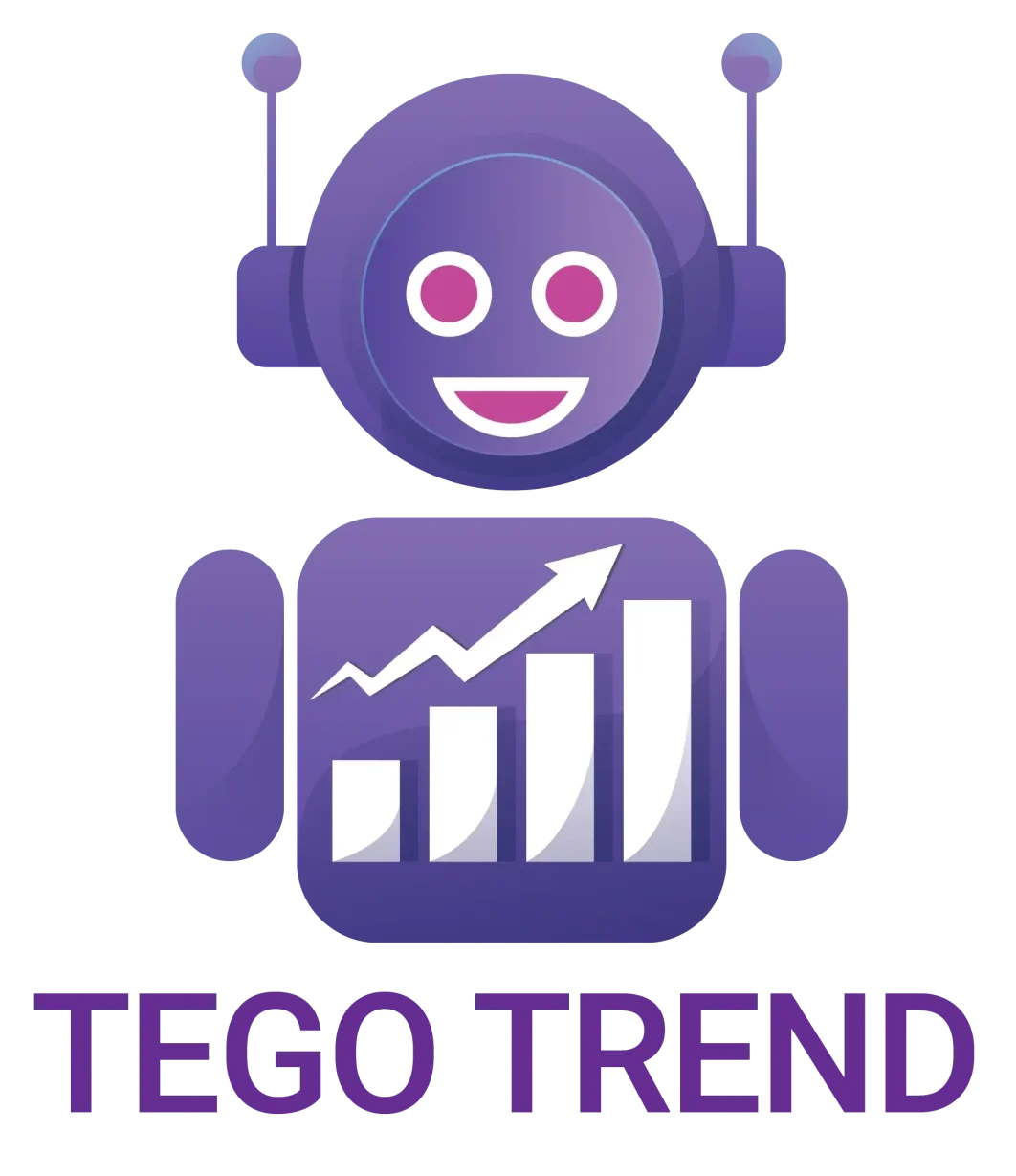Unleashing the Power of Algorithmic Trading: The Future of Financial Markets
In the fast-paced world of financial markets, where seconds can mean the difference between profit and loss, algorithmic trading has emerged as a game-changer. By leveraging the power of advanced algorithms and high-speed computing, traders can execute orders at lightning speed and with unprecedented precision. Welcome to the world of algorithmic trading—a realm where technology and finance converge to create a dynamic and efficient trading environment.
What is Algorithmic Trading?
Algorithmic trading, often referred to as "algo trading," involves using computer algorithms to automate trading decisions. These algorithms follow predefined instructions to place trades based on various market conditions such as price, volume, and timing. The goal is to execute trades more efficiently and profitably than would be possible through manual trading.
The Evolution of Algorithmic Trading
The roots of algorithmic trading can be traced back to the 1970s when the New York Stock Exchange introduced designated order turnaround (DOT) systems. These early systems allowed for the electronic execution of trades, setting the stage for more sophisticated algorithmic strategies.
The real revolution began in the late 1990s and early 2000s with the advent of high-frequency trading (HFT). HFT firms use complex algorithms and high-speed data connections to execute a large number of orders in fractions of a second. Today, algorithmic trading accounts for a significant portion of trading volume in major financial markets.
Types of Algorithmic Trading Strategies
Trend Following Strategies
These strategies involve identifying and capitalizing on market trends. Algorithms analyze historical price data to determine the direction of the market and place trades accordingly. Common techniques include moving averages and momentum indicators.
Arbitrage Strategies
Arbitrage strategies exploit price discrepancies between different markets or instruments. For example, if a stock is trading at different prices on two exchanges, an algorithm can buy the stock on the cheaper exchange and sell it on the more expensive one, locking in a risk-free profit.
Market Making
Market makers provide liquidity to the market by placing both buy and sell orders for a particular security. Algorithms can automate this process, ensuring that orders are placed at optimal prices to capture the bid-ask spread.
Statistical Arbitrage
This strategy involves using statistical models to identify mispricings between related securities. Algorithms analyze historical data to find pairs of securities that typically move together but have temporarily diverged, allowing traders to profit from their convergence.
Machine Learning and AI
This strategy involves using statistical models to identify mispricings between related securities. Algorithms analyze historical data to find pairs of securities that typically move together but have temporarily diverged, allowing traders to profit from their convergence.


Advantages of Algorithmic Trading
Speed and Efficiency
Algorithms can execute trades in milliseconds, far faster than any human trader. This speed is crucial in capturing fleeting market opportunities.
Accuracy
Automated systems can eliminate the risk of human error in trading decisions and execution.
24/7 Trading
Algorithms can operate around the clock, taking advantage of global market opportunities even when human traders are asleep.
Backtesting
Traders can test their strategies on historical data to evaluate their performance before deploying them in live markets.
Scalability
Algorithms can handle large volumes of trades simultaneously, making them ideal for institutional investors and high-frequency trading firms.
Challenges and Risks
While algorithmic trading offers numerous benefits, it also comes with its own set of challenges and risks:
Technical Failures
Glitches in algorithms or connectivity issues can lead to significant losses.
Market Impact
Large orders executed by algorithms can move markets, leading to adverse price movements.
Regulatory Risks
Regulatory scrutiny of algorithmic trading practices is increasing, with new rules and regulations being introduced to ensure market fairness and stability.
Complexity
Developing and maintaining sophisticated algorithms requires significant expertise and resources.
Scalability
Algorithms can handle large volumes of trades simultaneously, making them ideal for institutional investors and high-frequency trading firms.
The Future of Algorithmic Trading
As technology continues to advance, the future of algorithmic trading looks promising. Innovations in machine learning, artificial intelligence, and quantum computing are expected to further enhance the capabilities of trading algorithms. Moreover, the increasing availability of big data will provide traders with even more insights to inform their strategies.
For individual traders and investors, platforms like TegoTrend are making it easier to access and leverage algorithmic trading. By providing user-friendly tools and resources, these platforms democratize access to advanced trading techniques, allowing more people to participate in the financial markets.
Conclusion
Algorithmic trading has revolutionized the financial markets, offering unparalleled speed, efficiency, and accuracy. While it presents certain challenges, the benefits far outweigh the risks for those who can harness its power effectively. As we look to the future, the continued evolution of algorithmic trading promises to open up new opportunities and reshape the landscape of global finance.
Whether you're an experienced trader or a novice investor, embracing the world of algorithmic trading could be your key to unlocking new levels of success in the markets.
John Doe
Final Thoughts
By staying informed and adapting to new technologies, traders can maintain a competitive edge. Algorithmic trading is not just the future; it's the present. Dive in, explore platforms like TegoTrend, and discover how algo trading can transform your financial journey.


